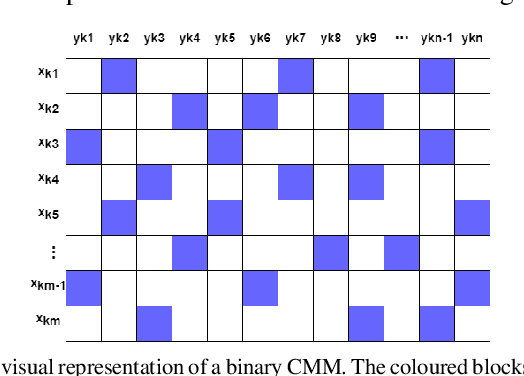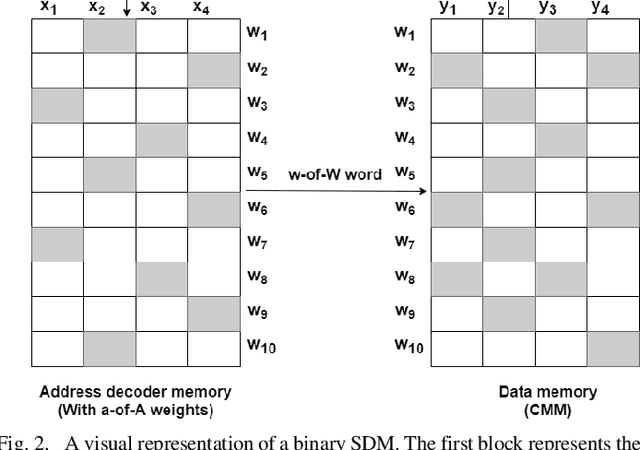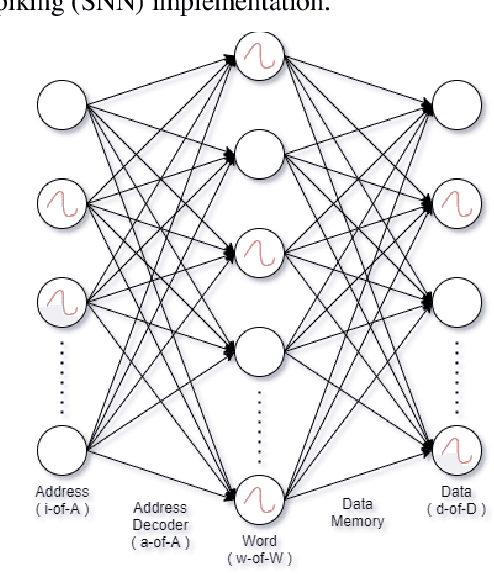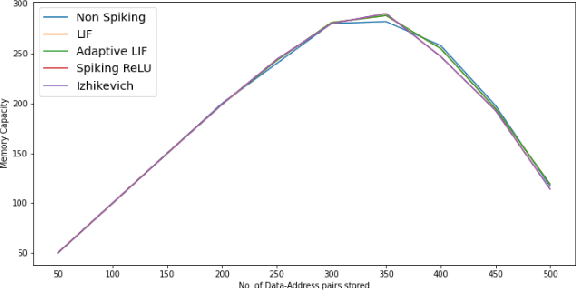Arshika Lalan
A Multi-Agent Framework for Stateful Inference-Time Search
Oct 08, 2025Abstract:Recent work explores agentic inference-time techniques to perform structured, multi-step reasoning. However, stateless inference often struggles on multi-step tasks due to the absence of persistent state. Moreover, task-specific fine-tuning or instruction-tuning often achieve surface-level code generation but remain brittle on tasks requiring deeper reasoning and long-horizon dependencies. To address these limitations, we propose stateful multi-agent evolutionary search, a training-free framework that departs from prior stateless approaches by combining (i) persistent inference-time state, (ii) adversarial mutation, and (iii) evolutionary preservation. We demonstrate its effectiveness in automated unit test generation through the generation of edge cases. We generate robust edge cases using an evolutionary search process, where specialized agents sequentially propose, mutate, and score candidates. A controller maintains persistent state across generations, while evolutionary preservation ensures diversity and exploration across all possible cases. This yields a generalist agent capable of discovering robust, high-coverage edge cases across unseen codebases. Experiments show our stateful multi-agent inference framework achieves substantial gains in coverage over stateless single-step baselines, evaluated on prevalent unit-testing benchmarks such as HumanEval and TestGenEvalMini and using three diverse LLM families - Llama, Gemma, and GPT. These results indicate that combining persistent inference-time state with evolutionary search materially improves unit-test generation.
Analyzing and Predicting Low-Listenership Trends in a Large-Scale Mobile Health Program: A Preliminary Investigation
Nov 13, 2023Abstract:Mobile health programs are becoming an increasingly popular medium for dissemination of health information among beneficiaries in less privileged communities. Kilkari is one of the world's largest mobile health programs which delivers time sensitive audio-messages to pregnant women and new mothers. We have been collaborating with ARMMAN, a non-profit in India which operates the Kilkari program, to identify bottlenecks to improve the efficiency of the program. In particular, we provide an initial analysis of the trajectories of beneficiaries' interaction with the mHealth program and examine elements of the program that can be potentially enhanced to boost its success. We cluster the cohort into different buckets based on listenership so as to analyze listenership patterns for each group that could help boost program success. We also demonstrate preliminary results on using historical data in a time-series prediction to identify beneficiary dropouts and enable NGOs in devising timely interventions to strengthen beneficiary retention.
Sparse Distributed Memory using Spiking Neural Networks on Nengo
Sep 07, 2021



Abstract:We present a Spiking Neural Network (SNN) based Sparse Distributed Memory (SDM) implemented on the Nengo framework. We have based our work on previous work by Furber et al, 2004, implementing SDM using N-of-M codes. As an integral part of the SDM design, we have implemented Correlation Matrix Memory (CMM) using SNN on Nengo. Our SNN implementation uses Leaky Integrate and Fire (LIF) spiking neuron models on Nengo. Our objective is to understand how well SNN-based SDMs perform in comparison to conventional SDMs. Towards this, we have simulated both conventional and SNN-based SDM and CMM on Nengo. We observe that SNN-based models perform similarly as the conventional ones. In order to evaluate the performance of different SNNs, we repeated the experiment using Adaptive-LIF, Spiking Rectified Linear Unit, and Izhikevich models and obtained similar results. We conclude that it is indeed feasible to develop some types of associative memories using spiking neurons whose memory capacity and other features are similar to the performance without SNNs. Finally we have implemented an application where MNIST images, encoded with N-of-M codes, are associated with their labels and stored in the SNN-based SDM.
 Add to Chrome
Add to Chrome Add to Firefox
Add to Firefox Add to Edge
Add to Edge